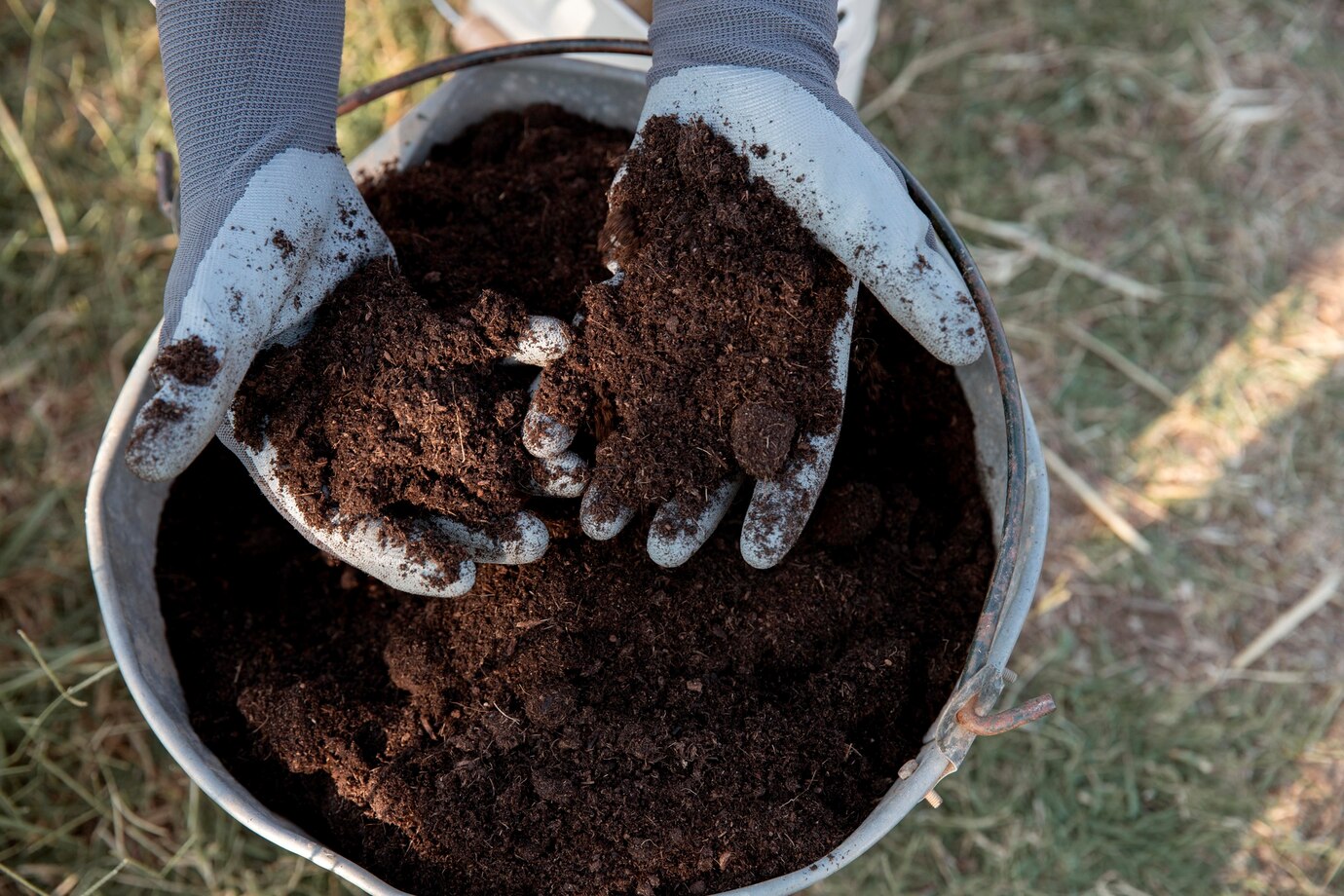As garden enthusiasts in Kenner, Louisiana, one of the key factors for a flourishing landscape is a solid foundation provided by nutrient-rich topsoil. Topsoil is the upper, outermost layer of soil that typically contains the highest concentration of organic matter and microorganisms. It plays an essential role in promoting strong root development, healthy plant growth, and overall garden success. Whether you’re planting a new garden or rejuvenating an existing one, understanding the nuances of topsoil and its proper use is crucial for ensuring a thriving outdoor space.
In this guide, we aim to empower Kenner gardeners with the knowledge and understanding needed to navigate the complex world of topsoil confidently. By mastering the art of choosing, preparing, and applying topsoil in your garden, you’ll lay the groundwork for a prosperous and beautiful landscape that flourishes for years to come. Embrace the fundamental role of topsoil in your garden’s success, and let your Kenner landscape reach its full potential.
The Importance of Topsoil
Topsoil is vital in creating and sustaining healthy gardens and landscapes in Kenner. It’s responsible for:
1. Nutrient Supply: Topsoil is rich in nutrients that plants rely on for growth and development. Microorganisms and organic matter present in topsoil are essential in breaking down organic compounds, releasing vital nutrients for plant roots to take up.
2. Moisture Retention: Properly balanced topsoil is capable of retaining sufficient moisture while allowing for drainage, preventing plant roots from sitting in excess water or drying out too quickly.
3. Structural Support: Topsoil provides the necessary environment for strong root development, offering plants the support they require for optimal health, growth, and stability.
Types of Topsoil
There are several varieties of topsoil, each with distinct characteristics and benefits. Some common types include:
1. Sandy Loam: This type of topsoil contains a high percentage of sand, offering excellent drainage and aeration characteristics. It’s best suited for plants that prefer dry conditions or have deep root systems.
2. Clay Loam: Rich in nutrients, a clay loam contains a higher percentage of clay particles providing improved water retention and nutrient supply. However, it also tends to exhibit poor drainage and aeration when compared to sandy loam.
3. Silt Loam: With a balance between sand, silt, and clay particles, silt loam is often considered the ideal topsoil for many plants. It offers excellent water retention, nutrient availability, and aeration properties.
Choosing the Right Topsoil
Selecting the correct topsoil for your Kenner garden requires consideration of your landscape’s specific needs and plant requirements. Here are some factors to consider when making your choice:
1. Soil Structure: Analyze your existing soil structure to determine the type of topsoil best suited for improving its characteristics. For instance, sandy soil can benefit from a clay or silt loam to boost nutrient and moisture retention.
2. Texture: Examine the texture of prospective topsoil. It should be loose and crumbly without noticeable clumps. This ensures proper aeration and drainage for your plants.
3. Nutrient Content: Seek topsoil with a high organic matter content, providing your plants with an ample supply of vital nutrients for growth.
4. Types of Plants: Take into account the specific needs of the plants you will be growing in your landscape. Some plants may thrive in well-draining sandy loam, while others may require the moisture retention offered by clay loam.
Preparing and Applying Topsoil
Ensuring optimal growth conditions and long-lasting results in your Kenner garden involves proper preparation and application of topsoil.
1. Site Preparation: Remove any weeds, rocks, or debris from the area where you will be applying topsoil. You may also need to till or loosen the existing soil to promote proper incorporation and aeration.
2. Topsoil Thickness: The appropriate depth of topsoil depends on the types of plants you are growing and their root systems. A general rule of thumb is to apply a layer of 6-8 inches for vegetable gardens and flowerbeds and 3-4 inches for turfgrass establishment.
3. Mixing and Incorporation: To promote uniformity and effective root establishment, incorporate the new topsoil into your existing soil. This can be done by tilling or using a garden fork to blend the layers together.
4. Planting: After leveling and grading the prepared area, it’s time to plant. Follow specific instructions for each plant species to ensure proper placement, spacing, and depth.
Topsoil Maintenance
Maintaining healthy topsoil in your Kenner garden involves consistent monitoring and care. Here are some tips for keeping your topsoil in peak condition:
1. Fertility Improvement: Regularly apply organic matter, such as compost or well-rotted manure, to replenish nutrients and improve soil structure.
2. Prevent Compaction: Avoid walking on or overworking your garden beds to prevent soil compaction, which can reduce aeration and drainage.
3. Crop Rotation: Rotate your plantings annually, especially in vegetable gardens, to help reduce the depletion of nutrients and prevent the buildup of soilborne diseases.
Foster a Flourishing Garden in Kenner with Proper Topsoil Selection and Use
Understanding the importance of topsoil, the diverse options available, and the proper techniques for selection, preparation, and application is crucial for creating a thriving garden in Kenner, Louisiana. By providing your plants with the essential nutrients, moisture retention, and structural support offered by quality topsoil, your landscape will flourish and grow into a beautiful sanctuary that you and your loved ones can enjoy for years to come.
For expert guidance and a fantastic selection of top-quality topsoil products, get in touch with us at Reliable Soil Co. Inc. We’re dedicated to helping Kenner gardeners cultivate vibrant, healthy landscapes with our unparalleled knowledge and range of premium gardening and landscaping products. Buy topsoil online today!

